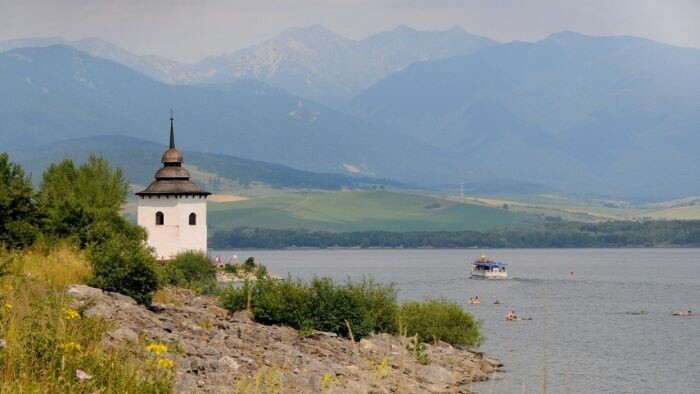This year marks the 50th anniversary of the construction of the Liptovská Mara dam. On one hand, the reservoir is a popular destination for recreation, water sports, and relaxation, offering breathtaking views of the Tatra mountains. On the other, it carries with it the haunting story of 13 villages and thousands of people who lost their homes when the dam was built.
Romana Grajcarová spoke with writer Zuzana Líšková, author of the radio play Z dna liptovského mora (From the Bottom of the Liptov Sea) and co-creator of the exhibition Nemožno všetko pochovať pod vodu (Not Everything Can Be Buried Under Water), which documents the memories of those displaced by the flooding of the Liptovská Mara valley.
Liptovska Mara hidden stories
Máte problém s prehrávaním? Nahláste nám chybu v prehrávači.
Zuzana Líšková also inspired her partner, Martin Špirec, to explore the subject from a different perspective. Fascinated by the decades-long building ban imposed before the flooding, Špirec worked with archival film footage to create a striking video installation. His work includes haunting images of half-demolished houses in the village of Liptovská Mara and the burning church of Liptovská Sielnica, which had been marked for destruction. According to Líšková, the image of the burning church left a deep and lasting impression on those who witnessed it. These scenes can now be seen as part of the exhibition Not Everything Can Be Buried Under Water, on display at the Koloman Sokol Gallery in Liptovský Mikuláš until 31 August 2025.
Between 1969 and 1975, 13 villages were evacuated and submerged. The resettlement transformed the lives of around 4,000 people. Yet, even today, no one knows the exact number of those who lost their homes beneath the waters of the Liptovská Mara reservoir.

